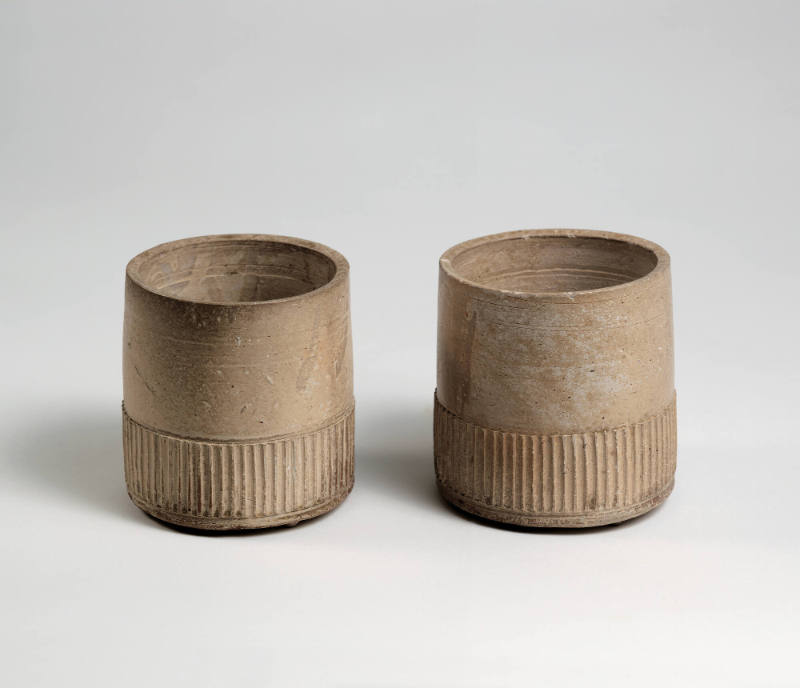
Object Details
Culture
Chimu (Peru)
Late Intermediate Period
Date
ca. 1300-1470
Medium
Blackware
Dimensions
8 x 8 1/4 inches (20.3 x 21 cm)
Credit Line
Transfer from the Sociology – Anthropology Department. Spring 1956.
Object
Number
56.152
This burnished blackware Chimú vessel is decorated with an animal head profile in the shape of a ll(…)
This burnished blackware Chimú vessel is decorated with an animal head profile in the shape of a llama or an alpaca. Llamas and the closely related alpacas were the largest domesticated animals in the Andes. Llamas were the principal beast of burden, transporting goods in caravans over long distances, while alpacas were prized for their soft wool, which was woven into the finest textiles. Llamas are hardy creatures able to survive on poor forage, and they were also an important source of meat and fiber (for the coarser textiles such as blankets). Llama fetuses were prized for their role in religious ceremonies; for example, they have continued to be an important source of offerings to the mountain gods into modern times. None of the domesticated camelids were common on the coast, since they prefer a cooler mountain climate (and vegetation).












